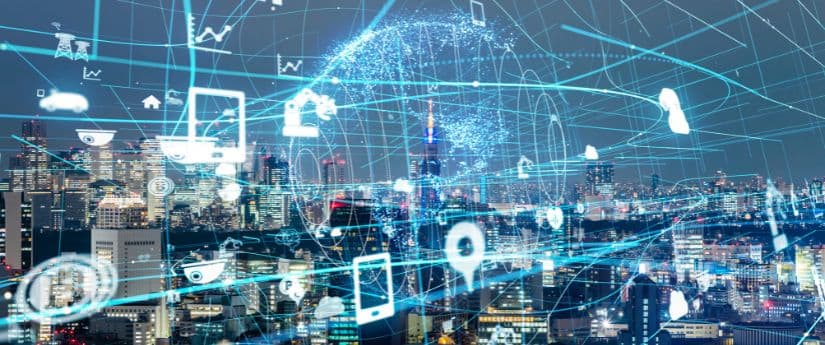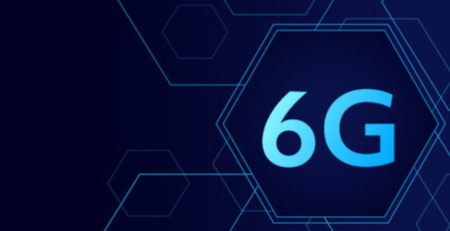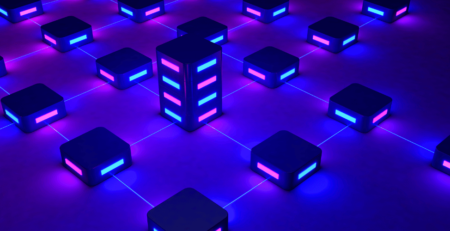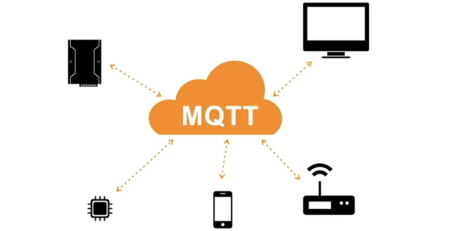The Future of Wireless: 5G, 6G, and 7G Explained
Wireless technology has come a long way since the first generation (1G) of analog cellular networks, which were introduced in the 1980s. Today, we are on the cusp of a new era in wireless communication with 5G, the current standard for mobile broadband networks, and the next generations, 6G and 7G, in development.
Each of these generations of wireless technology has its own unique set of advantages and applications. 5G is already being used in some parts of the world and offers significantly faster speeds and lower latency than previous generations. It is expected to be widely available by 2023. 6G, on the other hand, is still in development and not expected to be commercially available until the early 2030s. It is expected to be even faster and more reliable than 5G. Finally, 7G is even further off, and not expected to be available until the late 2030s or early 2040s, but it is being envisioned as a truly revolutionary technology that will change the way we live and work.
One of the most significant advantages of 5G is its speed. 5G can deliver up to 10 gigabits per second (Gbps) of data, which is roughly 100 times faster than the previous generation (4G). This speed allows for seamless streaming of high-quality video content and rapid downloads of large files. Additionally, 5G has much lower latency than previous generations, with latency as low as 1 millisecond (ms), enabling new applications such as remote surgery, autonomous driving, and real-time virtual reality (VR) experiences.
6G is expected to take the speed and reliability of wireless communication to a whole new level. While the specifics of 6G are still being developed, it is expected to offer speeds of up to 1 terabit per second (Tbps) and latency as low as 0.1 ms. This would enable new applications such as advanced artificial intelligence (AI), quantum computing, and ubiquitous augmented reality (AR).
7G is still mostly conceptual, but it is expected to be an order of magnitude faster and more reliable than 6G. With speeds of up to 100 Tbps and latency as low as 0.01 ms, 7G could enable applications that are currently unthinkable. Some of the possible applications of 7G include brain-computer interfaces, advanced robotics, and even the development of a global brain network.
While the advantages of 5G, 6G, and 7G are clear, there are also challenges associated with the development and adoption of these technologies. One significant obstacle is cost. The cost of 5G technology is still relatively high, but it is expected to come down as the technology becomes more widely adopted. The cost of 6G and 7G technology is even higher, but it is expected to come down as the technology matures.
Another challenge is adoption. The market share of 5G technology is still relatively small, but it is expected to grow rapidly in the coming years. The market share of 6G and 7G technology is expected to be much smaller, but they are expected to have a significant impact on certain industries, such as healthcare and transportation.
Despite these challenges, the impact of 5G, 6G, and 7G on society is expected to be overwhelmingly positive. 5G is already being used to improve healthcare, education, and transportation. 6G is expected to have an even greater impact, and it is being envisioned as a key enabler of the Fourth Industrial Revolution. 7G is even further off, but it is being envisioned as a truly revolutionary technology that will change the way we live and work.
| Feature | 5G | 6G | 7G |
|---|---|---|---|
| Speed | Up to 10 Gbps | Up to 1 Tbps | Up to 100 Tbps |
| Latency | 1 ms | 0.1 ms | 0.01 ms |
| Coverage | Up to 100 km | Up to 1,000 km | Up to 10,000 km |
| Applications | Mobile broadband, IoT, AR/VR, autonomous driving | Mobile broadband, IoT, AR/VR, autonomous driving, AI, quantum computing | Mobile broadband, IoT, AR/VR, autonomous driving, AI, quantum computing, brain-computer interface |
| Adoption | Commercially available in some parts of the world by 2023 | Expected to be commercially available in the early 2030s | Not expected to be commercially available until the late 2030s or early 2040s |
| Cost | Relatively high | Very high | Extremely high |
| Market share | Still relatively small, but expected to grow rapidly in the coming years | Expected to be much smaller, but have a significant impact on certain industries | Expected to be very small, but have a transformative impact on society |
| Impact on society | Positive, already being used to improve healthcare, education, and transportation | Positive, expected to have an even greater impact | Positive, expected to be a truly revolutionary technology that will change the way we live and work |
However, with these benefits come challenges. The cost of developing and deploying 5G, 6G, and 7G technologies is high, and it may take some time for these technologies to become widely adopted. Additionally, the high speeds and low latencies of these technologies require significant investment in infrastructure, including new base stations and fiber optic cables.
In conclusion, 5G, 6G, and 7G are the next generations of wireless technology, each with its own set of advantages and applications. While 5G is already being used to improve healthcare, education, and transportation, 6G and 7G are expected to be even faster and more reliable, with even greater potential to transform society. However, the development and deployment of these technologies will require significant investment and infrastructure, and it may take some time for them to become widely adopted.










Leave a Reply